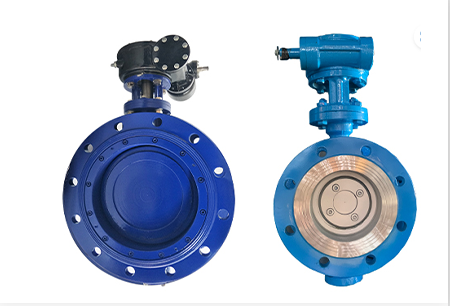flange slip on welding
Understanding Flange Slip-On Welding A Comprehensive Overview
Flange slip-on welding is an essential connection method widely utilized in various industries for joining pipes, tubes, and fittings. These joints are crucial for maintaining the integrity of piping systems, especially in applications involving high pressure and temperature. In this article, we will discuss the principles, advantages, applications, and considerations associated with flange slip-on welding.
What is Flange Slip-On Welding?
Flange slip-on welding involves the attachment of a flange to the end of a pipe using a welding process. The flange is designed to slide over the pipe before being welded in place. This technique is commonly employed because it provides a strong and reliable connection while allowing for some flexibility in alignment. The process typically requires preparation of both the flange and the pipe ends, which involves cleaning, aligning, and sometimes beveling the edges to ensure a proper weld.
Advantages of Flange Slip-On Welding
1. Ease of Installation One of the most significant advantages of flange slip-on welding is the simplicity of installation. The design allows the flange to easily slip onto the pipe, simplifying alignment and reducing the need for extensive measurements.
2. Cost-Effectiveness Compared to other joining methods, slip-on flanges generally require less material and labor, which translates into lower installation costs. Additionally, the time efficiency of installation can lead to further savings in labor costs.
3. Versatility Flange slip-on welding can be used across various materials, including carbon steel, stainless steel, and alloyed metals. This versatility makes it a preferred choice in multiple industries, from oil and gas to water treatment.
4. Strength and Durability The welded joint created by flange slip-on welding provides a reliable seal that can withstand significant pressure and temperature fluctuations. This durability is critical in high-stress applications, contributing to the overall safety of the system.
Applications of Flange Slip-On Welding
Flange slip-on welding is utilized in several key industries
- Oil and Gas Industry In this sector, slip-on flanges are commonly used to connect components within pipelines, reactors, and pressure vessels. The robustness of welded joints is essential for maintaining the safety and efficiency of operations.
flange slip on welding

- Water Supply Systems Municipal water supply systems often utilize flange slip-on welding to connect various piping sections, ensuring a leak-free and structurally sound network
.- Chemical Processing The chemical industry demands reliable piping connections to handle corrosive substances and extreme temperatures. Flange slip-on welding provides a suitable option to meet these requirements.
- HVAC Systems Flange connections are vital in heating, ventilation, and air conditioning systems. Slip-on welding allows for easier maintenance and modifications, given the modular nature of these systems.
Considerations in Flange Slip-On Welding
While flange slip-on welding offers many benefits, there are essential considerations to keep in mind
1. Welding Technique The quality of the weld is paramount. Various welding techniques, including MIG, TIG, and SMAW, can be employed, each providing different levels of strength and reliability. Selecting the appropriate technique based on the material and application is crucial.
2. Pressure Ratings It is essential to consider the pressure rating when selecting slip-on flanges, as they may have limitations based on their design and the materials used.
3. Preparation and Inspection Proper preparation of the flange and pipe surface is critical for achieving a high-quality weld. It is also vital to inspect the finished weld for defects to ensure the integrity of the joint.
4. Compliance with Standards Adhering to industry standards such as ASME, ANSI, or API is necessary to ensure safety and performance in applications.
Conclusion
Flange slip-on welding serves as a robust and efficient method for joining piping systems across various industries. With its ease of installation, cost-effectiveness, and versatility, it has established itself as a reliable connection method. However, careful consideration must be given to welding techniques, pressure ratings, and adherence to industry standards to ensure high-quality, safe, and durable joints. As technology continues to advance, the techniques and materials involved in flange slip-on welding are likely to improve, further enhancing its versatility and application across diverse fields.
-
Breakthrough in Domestic Low Temperature Valve Technology in ChinaNewsAug.18,2025
-
From Machinery to Intelligent Brain: The Digital Transformation Wave of the Valve IndustryNewsAug.18,2025
-
PCVEXPO 2025NewsAug.18,2025
-
The Key to Fluid Control: Exploring the Advantages of Ball Valves in Industrial SystemsNewsJul.09,2025
-
The Versatile World of 1, 2, and 3 Piece Ball ValvesNewsJul.09,2025
-
Stainless Steel Ball Valves: The Ideal Choice for Efficient Flow ControlNewsJul.09,2025
-
Optimizing Fluid Control with Ball Float ValvesNewsJul.09,2025




